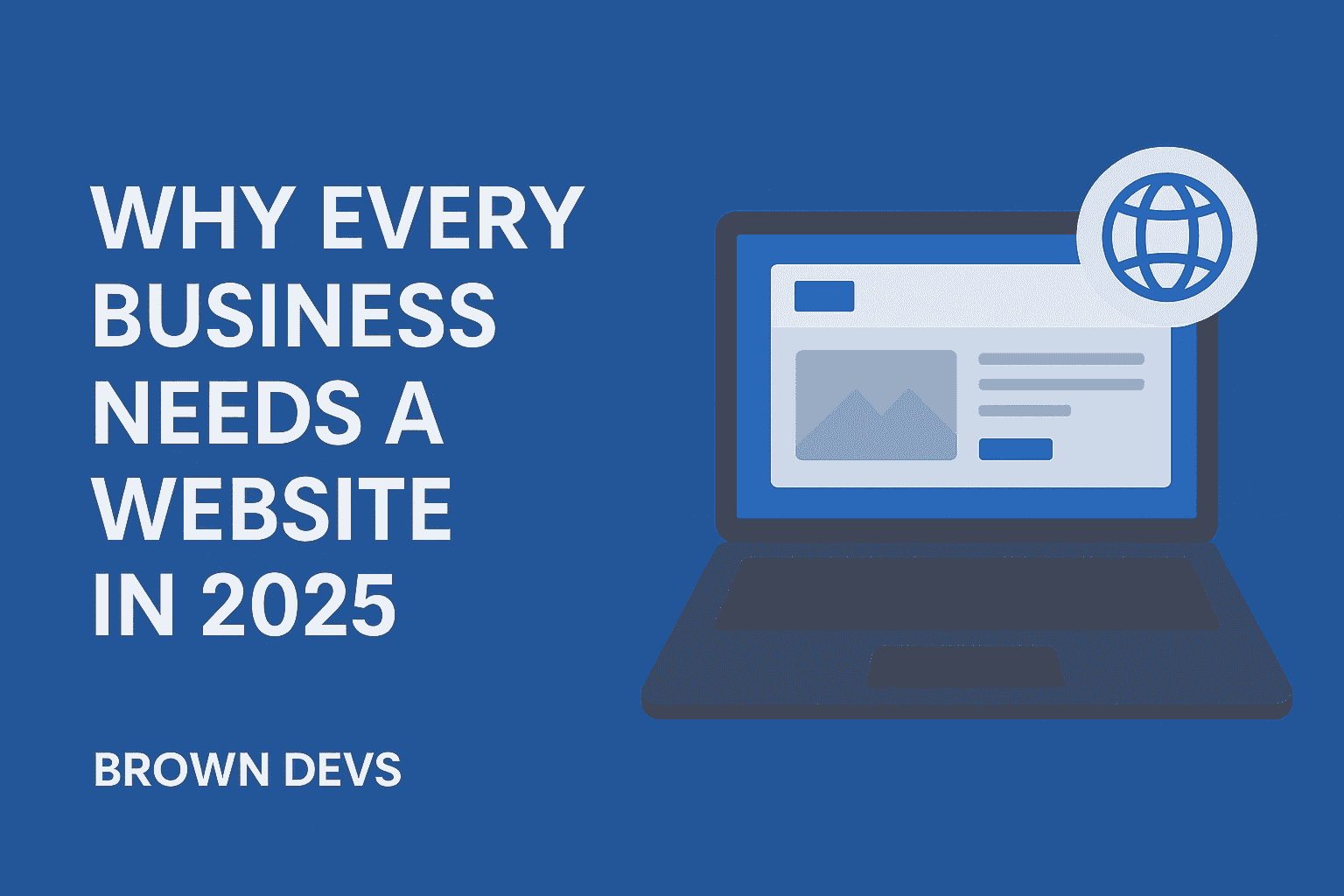E-commerce Development Trends Every Business Should Watch in 2025

The e-commerce industry is one of the fastest-growing sectors in the digital economy. From small businesses to global enterprises, everyone is leveraging online platforms to sell products and services. In 2025, e-commerce is no longer about just creating an online store—it’s about delivering seamless, personalized, and innovative shopping experiences. If you run an e-commerce business or plan to start one, staying updated with the latest development trends is critical to success. Let’s explore the top e-commerce trends in 2025 that are shaping the future of online selling.
1. Mobile-First Shopping Experience
In 2025, more than 75% of online purchases are expected to happen on mobile devices. This makes mobile-first design non-negotiable. Websites and apps must be responsive, fast, and intuitive for mobile users. Progressive Web Apps (PWAs) are also gaining traction as they provide app-like experiences without requiring downloads. Businesses adopting PWAs enjoy higher engagement and better customer retention.
2. AI-Powered Personalization
Artificial Intelligence is changing how businesses interact with customers. Personalized recommendations, AI-driven chatbots, and dynamic pricing models are now common in modern e-commerce platforms. For example, if a customer is browsing shoes, AI can instantly recommend similar items, suggest complementary accessories, and even offer a personalized discount. This level of customization boosts sales and customer satisfaction.
3. Voice Search and Conversational Commerce
With the rise of smart assistants like Alexa, Google Assistant, and Siri, voice search is becoming a dominant way for customers to shop online. Businesses need to optimize their e-commerce websites for voice search by using natural language keywords and structured product information. Conversational commerce—where customers interact with chatbots or voice assistants to shop—is also expected to skyrocket in 2025.
4. Seamless Payment Integration
Modern customers expect fast, secure, and flexible payment options. In 2025, e-commerce websites must support multiple payment gateways like Razorpay, Stripe, PayPal, UPI, Buy Now Pay Later (BNPL), and even cryptocurrency in some cases. Frictionless checkout processes reduce cart abandonment and increase conversions.
5. Sustainability and Ethical Shopping
Today’s consumers care about where their products come from and how businesses operate. Eco-friendly packaging, sustainable sourcing, and transparency are influencing purchasing decisions. E-commerce brands that highlight sustainability practices on their websites and product pages are gaining trust and long-term customer loyalty.
6. Augmented Reality (AR) Shopping Experiences
AR is no longer futuristic—it’s here. Customers can now “try on” clothes virtually, see how furniture looks in their home, or preview a product in 3D before buying. By 2025, AR-powered e-commerce websites are expected to become mainstream, making online shopping more interactive and immersive.
7. Subscription-Based Models
Subscription boxes and recurring services are on the rise. From groceries and grooming kits to digital products, customers are showing strong interest in subscriptions for convenience and savings. E-commerce businesses offering subscription options are able to build consistent revenue streams and long-term customer relationships.
8. Faster Deliveries Through Tech Integration
Customers want faster, cheaper, and more reliable deliveries. Integrating APIs from logistics platforms like Shiprocket or Delhivery allows businesses to provide real-time tracking, automated shipping, and estimated delivery times. Same-day and next-day deliveries are becoming standard expectations in 2025.
Final Thoughts
E-commerce in 2025 is more competitive, more customer-centric, and more technology-driven than ever before. Businesses that adapt to these trends will thrive, while those that resist change risk being left behind. At Brown Devs, we build future-ready e-commerce platforms with features like mobile-first design, AI personalization, secure payments, and logistics integration. Our goal is to help businesses create seamless online shopping experiences that boost sales and customer loyalty. If you’re ready to take your e-commerce business to the next level, now is the time to embrace these trends and stay ahead of the competition.
Want you own App/Website?
Read Latest Tech Blogs
Get all the latest tech updates!


